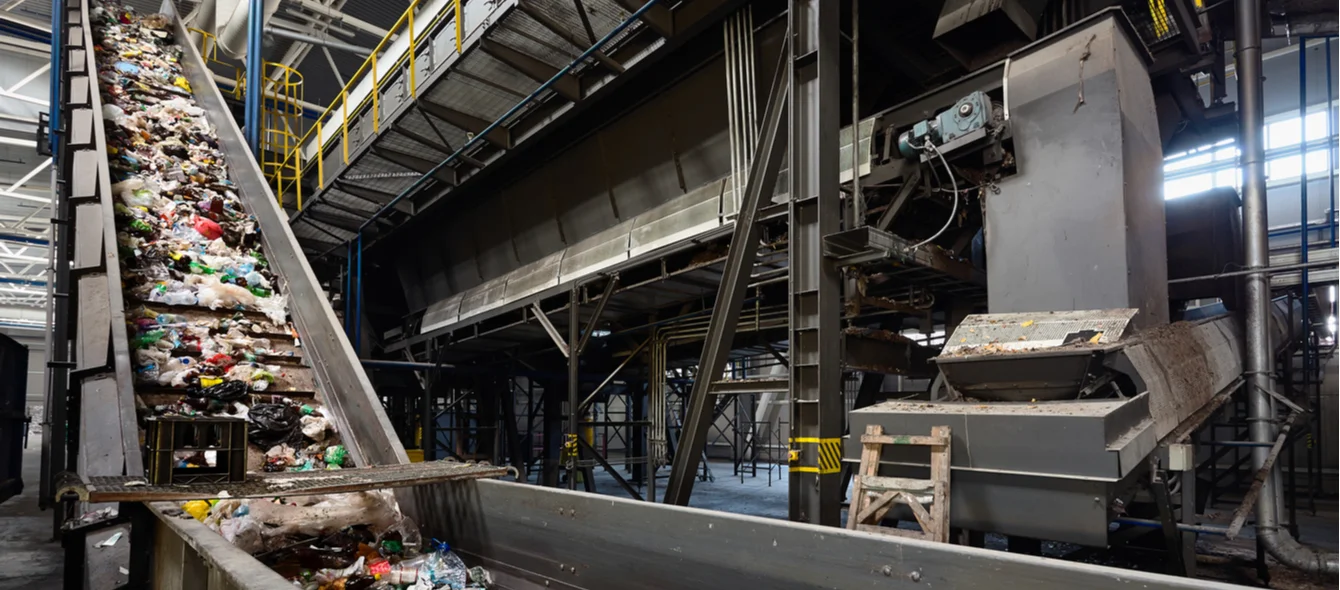What is a circular economy?
Today most goods are produced by taking natural resources from the environment and then using energy to create value-added products. The item is used and then thrown away. This, in the words of the Ellen Macarthur Foundation, is the take-make-waste extractive industrial model.
However, there is a different way, known as the ‘circular economy’, which involves designing waste out of the system so that economic activity is decoupled from the consumption of natural resources. The idea is to keep materials in use, with the energy required to reprocess or recycle them into new products coming from renewable energy sources such as offshore wind. Take, for example, plastic recycling. A plastic drinks bottle can be recycled many times but not indefinitely, yet it could still have additional uses, perhaps coming back as clothing fibre or providing bulk in ‘sleeping policemen’ a common traffic calming measure. The aim is to consign waste to the history books.
Start at the beginning
It all starts in the design phase. If a product is designed to be recycled, repaired, rebuilt or reused, you are off to a head start because the costs and complexity of doing so will be much lower. The EU estimates that up to 80% of products’ environmental impact are determined at the design stage. However, there are currently few incentives to make a product more ‘circular’.
This is where the EU’s Circular Economy Action Plan comes in, a key element of the European Green Deal. The Action Plan aims to make sustainable products the norm in the EU and will focus on those sectors which consume the most resources and where the possibilities for ‘circularity’ are highest, for example batteries, vehicle production, construction or plastics. Ultimately, the EU sees a ‘regenerative growth model’ which gives back to the planet more than it takes. It aims to double its circular material use rate within a decade, which implies a big boost to the recycling sector.
It should prove a cost-effective approach. Companies spend a lot of money on securing the natural resources they need to make goods. A ‘closed-loop’ model could cut those costs and provide stable and predictable input costs from domestic sources, rather than being dependent on the fluctuations of international markets.
Policy initiative
The European Commission is expected to propose a sustainable product policy initiative. This will expand the scope of the EU’s existing Ecodesign Directive beyond energy-related products, making it applicable to the broadest range of products possible. There are a range of other policy measures being considered, from restricting single-use products and countering premature obsolescence to a ban on the destruction of unsold durable goods.
Another idea is to incentivise concepts such as ‘product as a service’, which is a different kind of business model in which the producer maintains responsibility for a product throughout its lifetime — and maybe even into its next.
